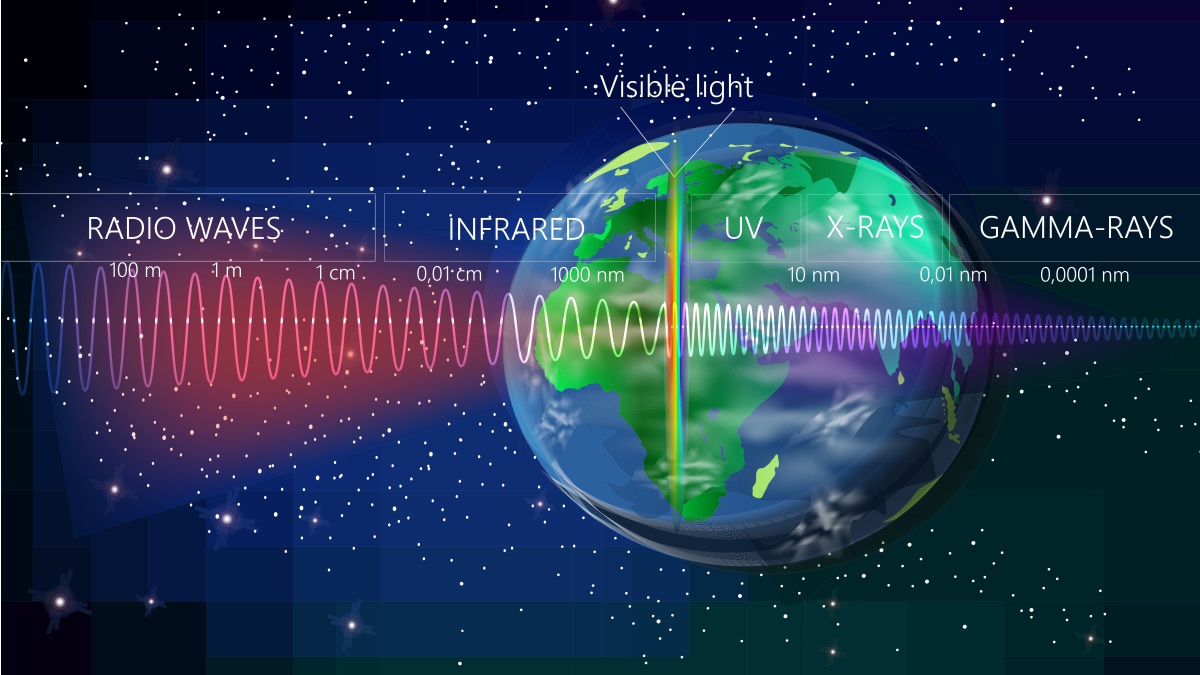I have a small kitchen table with a rather interesting two-tone effect. Of course, when I bought it from IKEA it didn’t have a two-tone effect, but I made the mistake of leaving it beside a window for years with its extension leaves stowed underneath. When I moved house and put the table in a roomier location I extended the leaves, and that’s when I discovered that they’re not the same colour as the rest of the table anymore.
Of course, it’s pretty obvious what happened here. Years of sunlight had discoloured the tabletop while the leaves, slid underneath it, were shaded. Interestingly the wood veneer has actually got darker; usually sunlight fades things.
In fact sunlight really fades things. It’s almost indiscriminate in its appetite for colour. Garden furniture often starts to fade within months. Gazebos and awnings start to look tired and dull after a summer or two. Books on the shelf seem fine, but when you pull them out you realise the spine looks pale and washed out compared to the front cover. Some things are more resistant to fading than others, but few are completely resistant.
Sunlight is energy.
Without energy from the sun, this planet would be a lifeless ball of ice. The sun delivers roughly 173,000 terawatts of energy to Earth, around 10,000 times the planet’s total energy use. That’s a lot of energy – and energy can break things. Of course the sun’s energy arrives in tiny packets – photons – and a single photon doesn’t carry enough energy to do much damage, but it can still break very small things. For example, it can break the chemical bonds that hold the atoms in a molecule together
When you see colours, what you’re really seeing is the wavelengths of light that reflect from a surface. If something reflects red light, but absorbs blue, green and so on, you’ll see that object as red. The wavelengths reflected by something depend on the chemical structure of the molecules it’s made of – and if that chemical structure changes, the wavelengths it reflects will change too. When something fades in the sun it’s because photons are slowly breaking down the molecules that reflect the right colours of light.
Of course, breaking down molecules doesn’t just make colours fade. Many materials will slowly weaken in sunlight. I do a lot of 3D printing, and I know not to put prints made of PLA in direct sunlight because the plastic will slowly break down and eventually fall apart. I already mentioned how gazebos fade – but, after a few years, it’s not just the colour that’s ebbing away. The fabric’s strength will start to go, too, until it’s weak and brittle and ready to fall apart. Sailors have the same problem with sailcloth; the sun will usually destroy sails long before the force of the wind can.
Sunlight covers a huge chunk of the electromagnetic spectrum, mostly infrared, visible light and ultraviolet. Out of this, red light and ultraviolet carry most energy and so do most damage – and both of them will pass straight through normal window glass. That means anything inside your home that direct sunlight falls on is slowly being destroyed by the sun’s energy. Carpets, wallpaper, furniture, books, photos, artwork… it’s all suffering damage from each photon that hits it. What’s the alternative, though? Would you rather sit in the dark or watch all your belongings slowly deteriorate?
Prevent Fading With Window Film.
Luckily, there’s another option. If you fit your windows with the right window film you can slash the amount of ultraviolet and red light drastically. UV-blocking films can cut the amount of ultraviolet that enters your home by 99.9%. Specialist anti-fade films focus less on ultraviolet, but they’ll still cut it by 99% while also significantly reducing red light. Anti-fade film will reduce harmful solar radiation so much that your possessions will fade less in a lifetime than they would have done in a year.
Anti-fade or UV-blocking film will give the best results if you fit it to all your windows, because even if a window doesn’t get direct sunlight it’s still letting in reflected rays that include ultraviolet and red light. Even reflected, it’s capable of fading anything it hits. Of course, the highest priority is windows that are directly exposed to the sun’s rays, because that’s where the damaging energy is at its most intense.
The good news is that, while window film will block almost all the ultraviolet and red light that damages your property, it still lets through all the non-damaging wavelengths. Your home won’t be dark and gloomy – just well protected against the destructive effects of sunlight.
This is something that we can help you with. Should you decide to protect your homes fixtures and furnishings from fading due to UV damage please feel free to contact us for more information on how window film can prevent fading.

